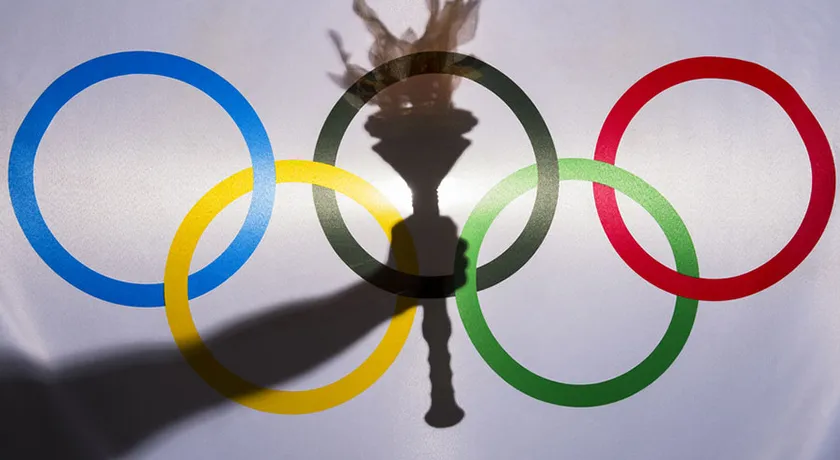Mannat Saini, Pune
Organizers of the Paris Olympics 2024 claim to reduce their carbon footprint by half, in comparison to London 2012 and Rio 2016. While London 2012 had an estimated carbon footprint of 3.3m tonnes, Rio 2016 followed with an estimated footprint of 3.6m tonnes of carbon.
In order to reduce their carbon footprint, the President of the International Olympic Committee, Thomas Bach has decided to implement ‘Olympic Agenda Reforms’, making Paris 2024 the greenest games in Olympic history. Bach told BBC that climate change is an “extremely serious threat” to athletes and all lives alike.
How will this be implemented?
- Using existing stadiums
35 stadiums are being used for the Paris Olympics 2024, out of which only 2 are newly built for the purpose of the Summer Games. These stadiums will later be converted into an aquatics center and a sports arena for badminton and gymnastics.
The International Olympic Committee claims that these stadiums are built using “low-carbon construction methods” and that seats at the aquatics center are crafted from “recycled local plastic waste” and wood.
- Cardboard Beds and Recycled Table-tops
The beds for athletes residing in the athlete’s village will be made out of cardboard, similar to those in Tokyo 2020. The athletes’ common areas will also be furnished with “coffee tables made from recycled shuttlecocks, poufs from parachute canvas, and chairs from recycled bottle tops”.
- Plant-based food
The International Olympic Committee has promised to double the proportion of plant-based ingredients in the Summer Games as compared to London 2012 and Rio 2016. In addition, the Committee has vowed to harness the power of locally sourced agricultural produce to avoid unnecessary transport.
In accordance with these guidelines, Place de la Concorde, which is the host for all urban sports, will exclusively serve vegetarian meals.
- Shifting to electric
As a backup resource, most stadiums across the globe had to rely on diesel-powered generators for electricity. A report from the Commission for a Sustainable London 2012 found that there was unnecessary use of generators due to overestimates in consumption.
To avoid the same, Paris will be connecting stadiums to existing public electricity networks. These connections will be renewed beyond the Summer Games for Parisians.
- Paris – Cycling into the future
Paris is being converted into a cycling city, with 60 km of cycling tracks. 30 km of these tracks have been newly built for the Summer Games and will be used well after the Games depart.
- The existing challenge
While the athletes’ village was designed to be free of air conditioners, there will now be roughly 2500 cooling units in light of the unprecedented heat in Paris.
Similarly, the largest challenge for reducing emissions lies in the tourism associated with the Summer Games. An estimated 80% of carbon emissions will be a result of the global spectators traveling to Paris.
While 75% of tickets in London 2012 were sold to UK natives, such was not the case this year; with tickets opened to global audiences at the same time as French audiences.
